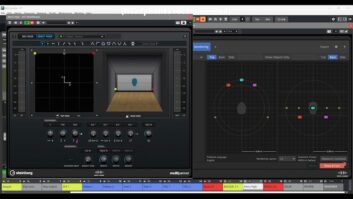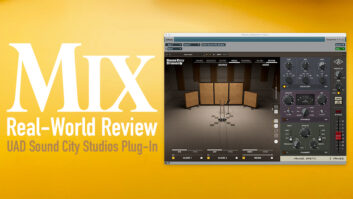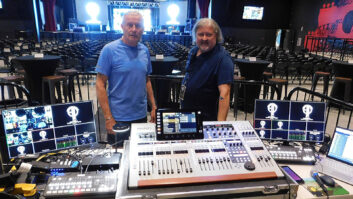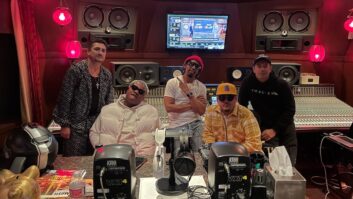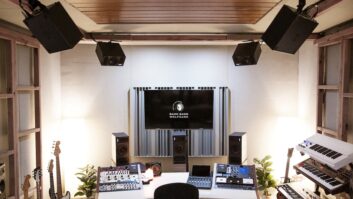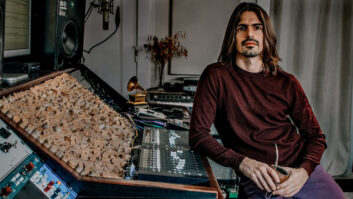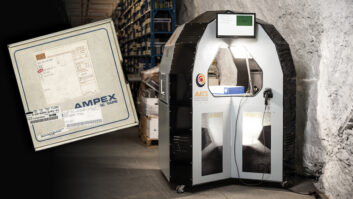The Library of Congress and the Smithsonian Institution have collaborated on a landmark project to preserve America’s audio heritage. Thanks to funding from a White House Millenium grant, numerous organizations have been subcontracted to archive thousands of pivotal recordings in both digital and analog formats.
According to archivist Dudley Connell, “I can’t imagine doing this archiving any other way than using [Steinberg] WaveLab. When we were initially setting up the lab, we were going to try to do it freehand–to go straight from analog tape or DAT to CD–but there was just no way to get an exact marking in the correct place without spending a lot of time. With WaveLab, you have the visual right there in front of you, so it couldn’t be easier for getting tracks started exactly where you want them.”
Because some of the DAT material arrives at 48 kHz but needs to be archived to 44.1kHz CD-R (as well as to linear digital tape and to analog tape), Connell used WaveLab’s sample-rate conversion algorithm: “It sounds perfect!” he said. “I’m completely happy with the results, and the Library is happy with what they’re getting, too.” Connell also normalized the data internally and then used WaveLab’s cue and clip sheets for identification purposes. “We attach them to the .WAV files as metadata so that somewhere down the line, the Library of Congress archivists will be able to go through the material and easily determine what each track is.”
When backing up to analog tape, Connell used WaveLab’s global analysis tool to search for the peaks in each track in order to set the levels on the reel-to-reel machines.
Through its record label–Smithsonian Folkways Recordings–the Smithsonian is also directly involved in this major archiving initiative as part of the publicly and privately funded Save our Sounds project. According to sound-production supervisor Pete Reiniger, “The kind of material we’re archiving is music, primarily, though we also have some spoken-word material–narrative sessions from festivals and that type of thing–which are targeted for preservation. We have tapes that date back to 1967 and field recordings that were done prior to that, including acetates that date back to the 1930s. Because of their age and vulnerability to decomposition, they are high on the list of things that are being archived; we have one person here who is actually transferring acetates all day, every day.”
Like Connell, Reiniger’s audio editor of choice is WaveLab. He and his team record the material to be archived into the program at 24-bit/96kHz resolution and then save it to linear digital tape at that same resolution. The edited audio is also played back from WaveLab at 24/96 to make analog tape backups. Throughout the process, reference 16-bit/44.1kHz CD-Rs are created for listening purposes, using WaveLab’s internal sample-rate conversion and Red Book CD-burning tools. “I certainly like the sound of WaveLab, and I’m happy with the results I get from its SRC,” he said. Reiniger also relied on the program’s various analysis screens, including the bit meter, the spectrum analyzer and the phase meter, which he found useful for setting azimuth on old tapes.
Reiniger also used Steinberg Nuendo for archiving, as well. “The thing that’s nice about Nuendo is the ability to edit on a track-by-track basis. On some of the material I’m working on, it’s not just a matter of editing the tracks, but editing between takes and within tracks. In Nuendo, I can do multitrack work and really get down to the nitty-gritty,” he concluded.
For more, visit Steinberg at www.us.steinberg.net.

